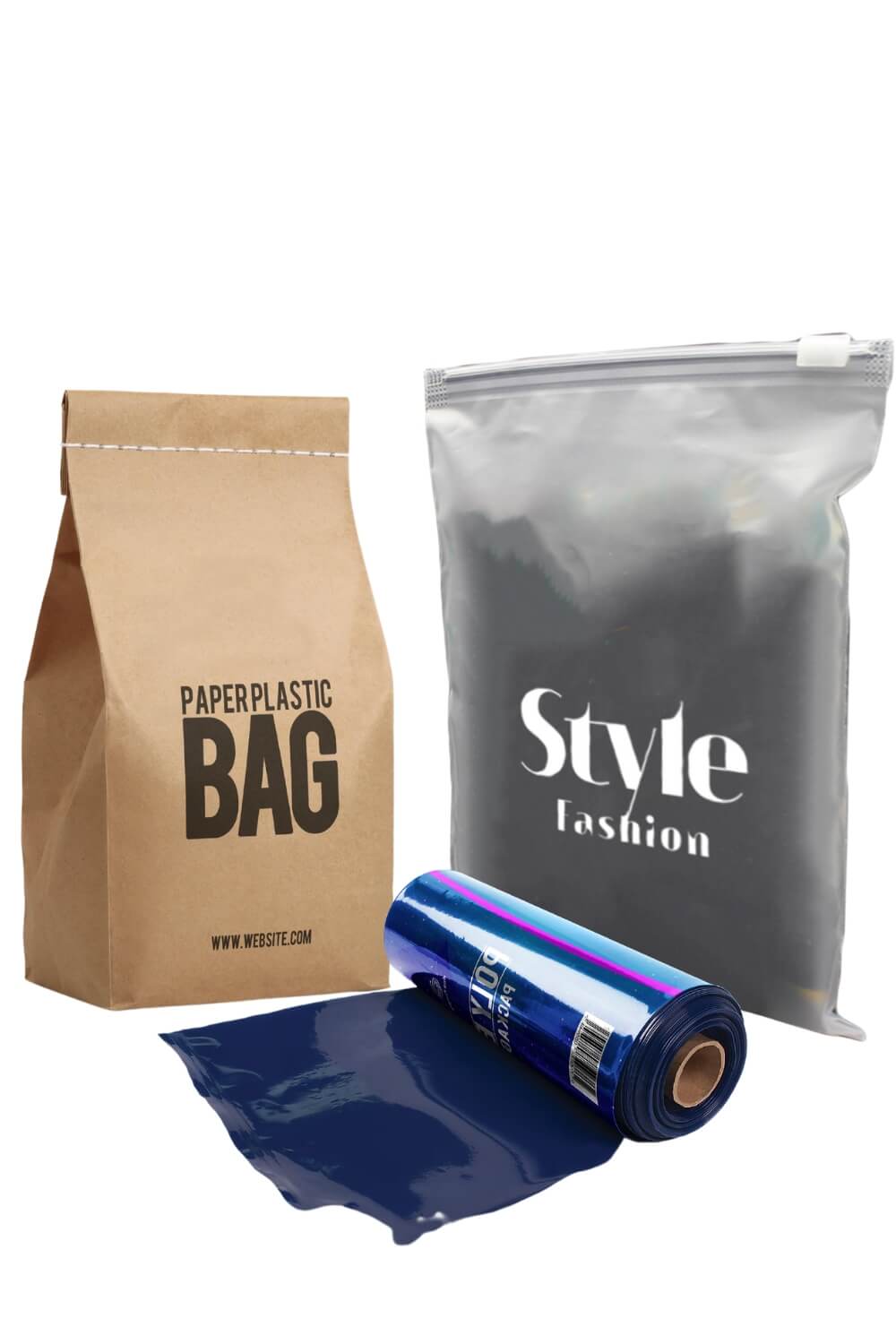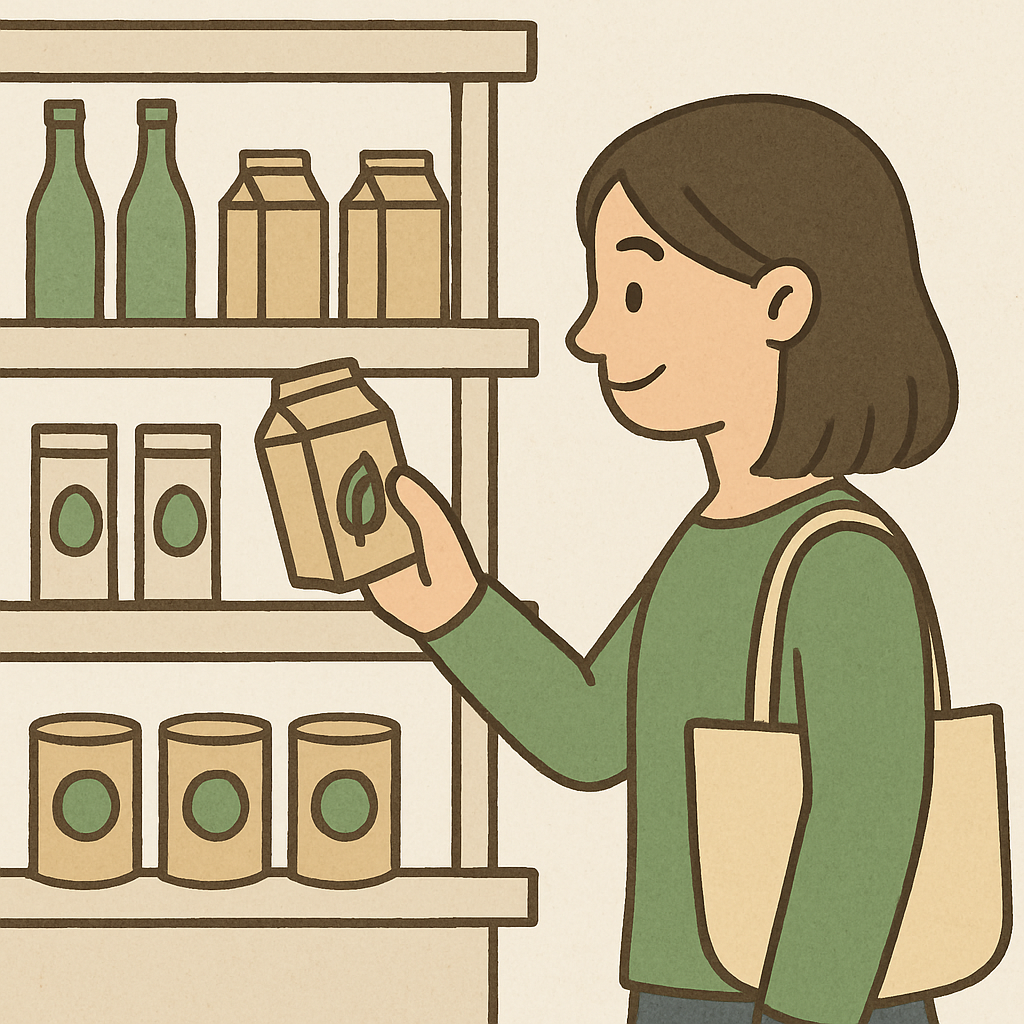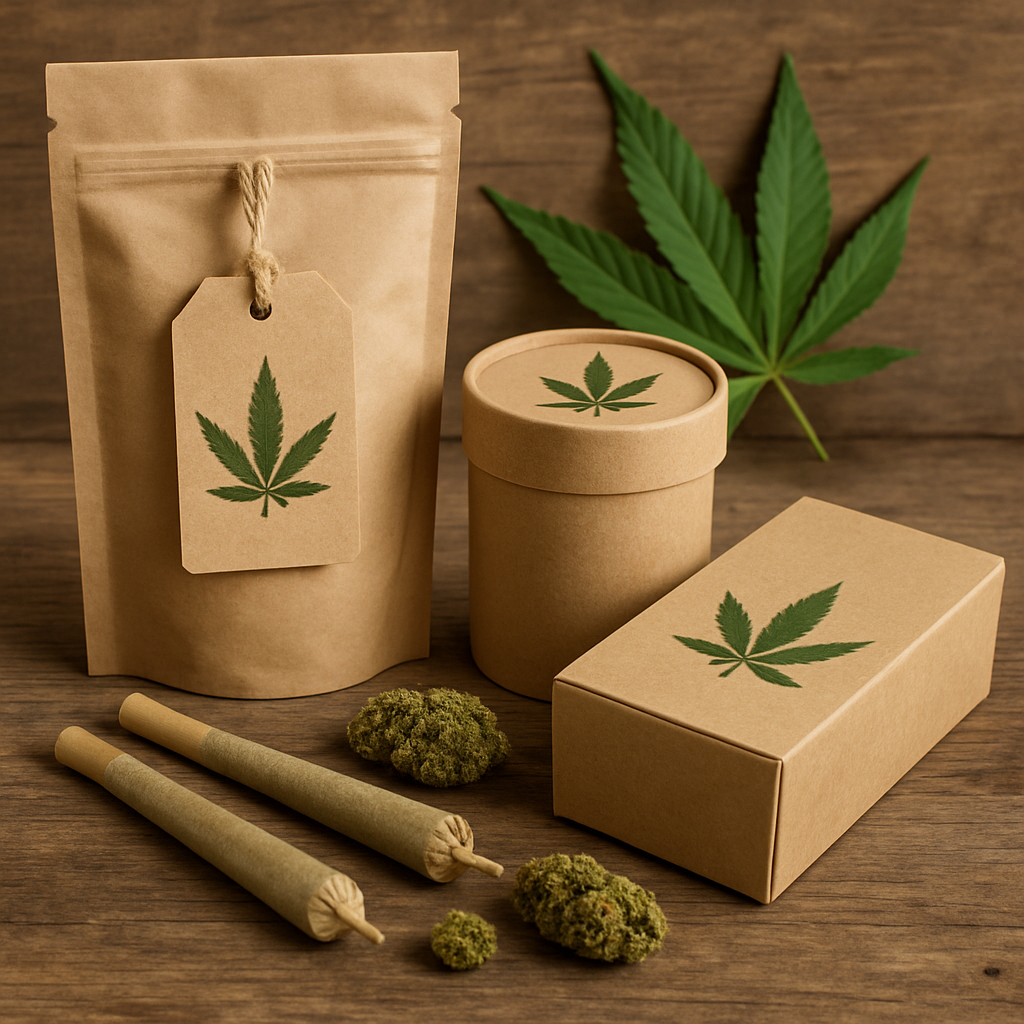Consumer consciousness is transforming the packaging industry. People are more aware of environmental issues than ever before. This awareness is driving demand for sustainable packaging solutions.
Companies are responding by investing in sustainable design. They are exploring eco-friendly materials and innovative technologies. The goal is to reduce environmental impact and meet consumer expectations.
Sustainable packaging is not just a trend; it's a necessity. The shift is evident across various sectors, from food to electronics. Brands are using sustainable practices to gain a competitive edge.
Government regulations are also pushing for greener packaging solutions. This creates both challenges and opportunities for the industry. Collaboration and innovation are key to navigating this new landscape.
The future of packaging lies in sustainability. As consumer consciousness grows, the industry must adapt. Embracing sustainable change is essential for long-term success.
The Rise of Consumer Consciousness in Packaging
Consumer consciousness is gaining momentum. People care more about where products come from and how they’re packaged. This shift influences companies to rethink their packaging strategies.
Sustainable materials are becoming more popular. Biodegradable and recyclable options lead the way in innovation. Consumers now expect brands to offer eco-friendly packaging solutions.
Several factors drive this change in consumer mindset:
-
Environmental awareness growing globally
-
Information about waste's impact becoming accessible
-
Social media amplifying voices for eco-friendly practices

Sustainability is now a priority for consumers. This pushes companies to be more transparent about their materials. The packaging industry adapts to this new demand by exploring novel design ideas.
The shift goes beyond individual purchases. It also involves community influence and peer pressure. Many people promote sustainable choices within their networks. This creates a ripple effect, accelerating the industry's transformation towards more conscious packaging practices.
Key Drivers Behind the Shift to Sustainable Packaging
Several key factors propel the movement toward sustainable packaging. Consumers are more educated about environmental impacts. They prioritize purchases that align with their eco-conscious values.
Businesses respond to this by seeking innovative packaging designs. The aim is to minimize waste and meet evolving consumer expectations. Sustainable packaging isn't just a trend; it's a necessity driven by demand and environmental responsibility.
Key drivers include:
-
Rising climate change concerns
-
Increased government regulations on waste
-
Long-term cost savings from sustainable practices
Consumer advocacy plays a significant role. People demand transparency about product origins and environmental impacts. This pressure on brands results in a noticeable shift. Companies embrace sustainable design as a core principle in their operations. The urgency for sustainable solutions is clear as the market grows more competitive in meeting these green demands.
How Anacotte Packaging Supports the Shift to Conscious Consumerism
At Anacotte Packaging, we understand the evolving demands of today’s eco-conscious consumers. With over 20 years of experience, our U.S.-based company specializes in delivering flexible, custom packaging solutions that prioritize sustainability without compromising quality or design.
We offer a wide range of eco-friendly materials including biodegradable, recyclable, and compostable options tailored to meet diverse industry needs. Our advanced digital printing and finishing technologies enable brands to communicate their values clearly and beautifully on every package.
From small-batch custom runs to large-scale production, Anacotte Packaging partners with brands worldwide to create packaging that not only protects products but also aligns with growing consumer expectations for transparency and environmental responsibility.

Trends and Innovations in Sustainable Packaging Design
The packaging industry is a hotbed of innovation. New trends are emerging that focus heavily on sustainability. Brands are redefining how they approach packaging design.
One notable trend is the adoption of biodegradable materials. Companies are using plant-based plastics and paper alternatives. These materials break down more efficiently, reducing their environmental impact.
Recyclability is another crucial focus. Designing with recyclability in mind ensures packaging can re-enter the production cycle. This supports a circular economy approach, reducing waste accumulation.
Here are some current trends:
-
Use of plant-based and biodegradable materials
-
Design for easier recyclability
-
Exploration of reusable packaging solutions
Innovation extends to technology as well. Digital tools are being used to track sustainability metrics. This provides vital data for improving packaging processes and designs. Furthermore, innovative designs now prioritize minimizing material use. This optimizes resources while maintaining product protection. Brands see these efforts as both a responsibility and a market opportunity. Adopting sustainable design is shaping not only how products are packaged but also how they resonate with consumers.
Challenges Facing the Packaging Industry
The shift toward sustainable packaging poses several challenges. Companies must balance sustainability with cost considerations. This often involves complex trade-offs.
Material sourcing is a significant hurdle. Sustainable materials can be more expensive or less available. Companies need reliable supply chains to support their green initiatives.
Additionally, consumer misconceptions can complicate matters. Not all eco-friendly materials are straightforward to recycle. Misinformation can lead to confusion among consumers.
Key challenges include:
-
Balancing cost with sustainable practices
-
Ensuring consistent supply of sustainable materials
-
Managing consumer expectations and education
Industry collaboration is crucial to overcoming these obstacles. Stakeholders must work together to find practical solutions. Cross-industry partnerships can foster innovation and share best practices. As the industry navigates these challenges, collaboration becomes a vital component of progress.
The Role of Regulation and Policy
Regulations and policies play a vital role in shaping sustainable packaging. Governments worldwide are enacting laws to reduce packaging waste. These policies often set targets for recyclability and compostability.
Policies provide a framework that drives industry change. They encourage companies to innovate and adopt sustainable practices. Regulatory support accelerates the shift towards a greener future in packaging.
Key policy impacts include:
-
Mandating recyclable packaging materials
-
Incentivizing research and development in sustainable solutions
-
Setting limits on single-use plastics
Such regulatory measures are crucial. They align industry goals with environmental priorities. This alignment helps create a more sustainable packaging ecosystem.
Consumer Impact: Brand Loyalty and Market Expectations
Consumer consciousness is now a major force driving market expectations. Modern consumers value brands that prioritize sustainability. This shift is reshaping how companies approach packaging.
Sustainable packaging can significantly boost brand loyalty. Customers are more likely to support brands that align with their values. This support translates into long-term customer relationships.
Brands must therefore meet new consumer expectations. This involves integrating sustainability into their core strategies. As a result, sustainable design is not just an option but a necessity.
Key consumer expectations include:
-
Transparency in sourcing and materials
-
Commitment to reducing environmental impact
-
Innovation in sustainable packaging design
by Guus Baggermans
Ultimately, aligning with consumer values enhances brand strength. Companies that adapt can gain a competitive edge in the evolving market landscape.
The Future: Towards a Circular and Zero-Waste Packaging Economy
The future of packaging lies in adopting circular economy principles. This approach focuses on minimizing waste and maximizing resource use. Products are designed to stay within a loop of use and reuse.
A key aspect is the shift towards zero-waste packaging. Companies are aiming to design packaging that leaves no environmental footprint. This shift involves using materials that are either recyclable or biodegradable.
To achieve a circular economy, the packaging industry must embrace several strategies:
-
Develop reusable and refillable packaging solutions
-
Design products for easy recycling
-
Innovate with materials that break down naturally
These efforts represent a paradigm shift for the industry. The transition to a circular and zero-waste economy is both a challenge and an opportunity. Businesses that lead this charge can set themselves apart by defining the future standards for sustainable packaging.
Conclusion: Embracing Sustainable Change in Packaging
In conclusion, the move towards sustainable packaging requires commitment from all stakeholders. Consumers, businesses, and regulators must work together to drive change. The packaging industry stands at a transformative crossroads.
Embracing sustainable design is not just a trend; it is a necessity. By aligning with ecological values, companies can innovate and lead in this evolving landscape. Adapting to these changes promises a brighter and more sustainable future.







Leave a comment
This site is protected by hCaptcha and the hCaptcha Privacy Policy and Terms of Service apply.